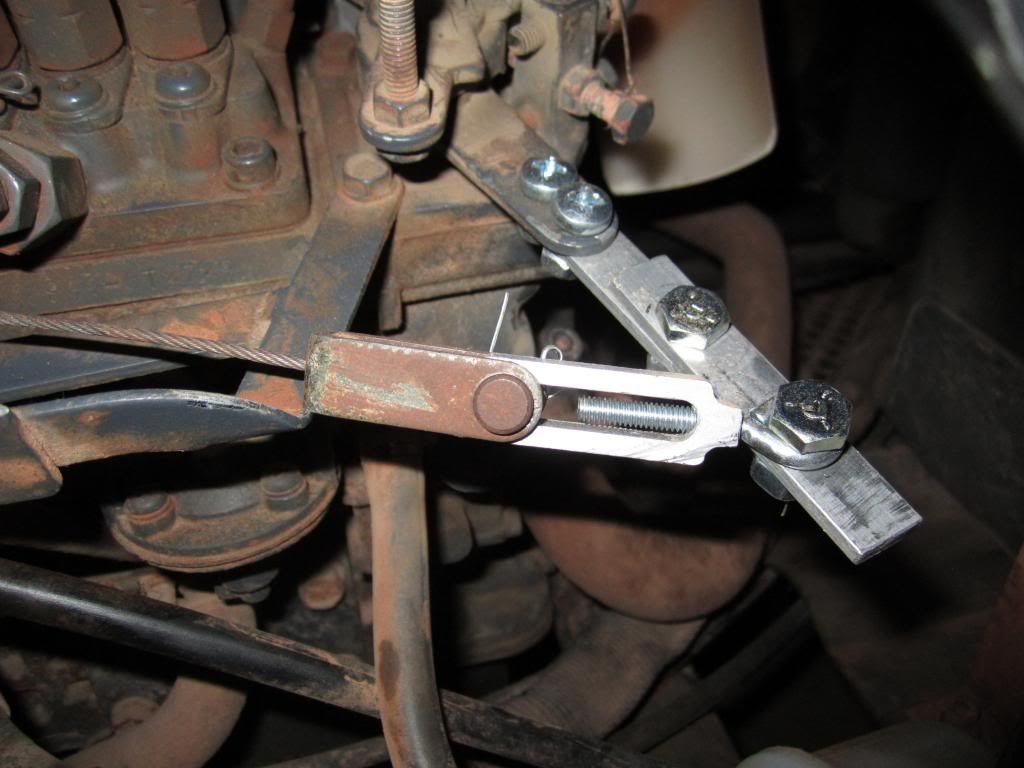TRIBUTE100
Active member
Or would the adjustment of the servo screw resolve neutral adjustment, get the HST lever travel closer to the .040" clearance, to give the transmission more power ?My Unit: 2010 Kubota RTV 900 (60 hrs)
Using SpudHauler's Instructions Here is what I ran into:
Checked and adjusted throttle cable and engine throttle.
Disconnected the HST rod, marked HST lever at full wide open.
Before reconnecting HST rod, started engine with rear wheels off ground, to confirm that wheels did not turn when the HST lever was in a self centering position. Reconnected HST rod and adjusted so HST lever was .040" shy of wide open. (prior to adjustment, lever was over 1/4" from full wide open)
Did not adjust servo adjusting screw.
Neutral screw: Mine has a large cap nut(over 17mm) over it and I did not expose it. I don't have any major shifting problems, sometimes a little stiff, but no complaints if brakes are applied.
Now the problem: With HST lever adjusted to .040" shy of wide open, started engine (wheels off ground) but could not get into gear (slight grinding). The .040" clearance adjustment would not allow the HST lever back to that "self centering (neutral) position. Went back and adjusted the HST rod to the 'sweet spot' where the wheels would not turn. But, that put the HST lever back to over 1/4" off the full wide open position.
Question: Does that indicate the neutral adjustment is off and the pressure must be adjusted at the dealers ? Also, since the HST lever is not reaching it's maximum forward (less .040"), am I not reaching the maximum power of the transmission ?
Just read on another site per a Kubota/New Holland factory trained mechanic that he's had to adjust the servo screw out 5 or 6 turns to get it right.

